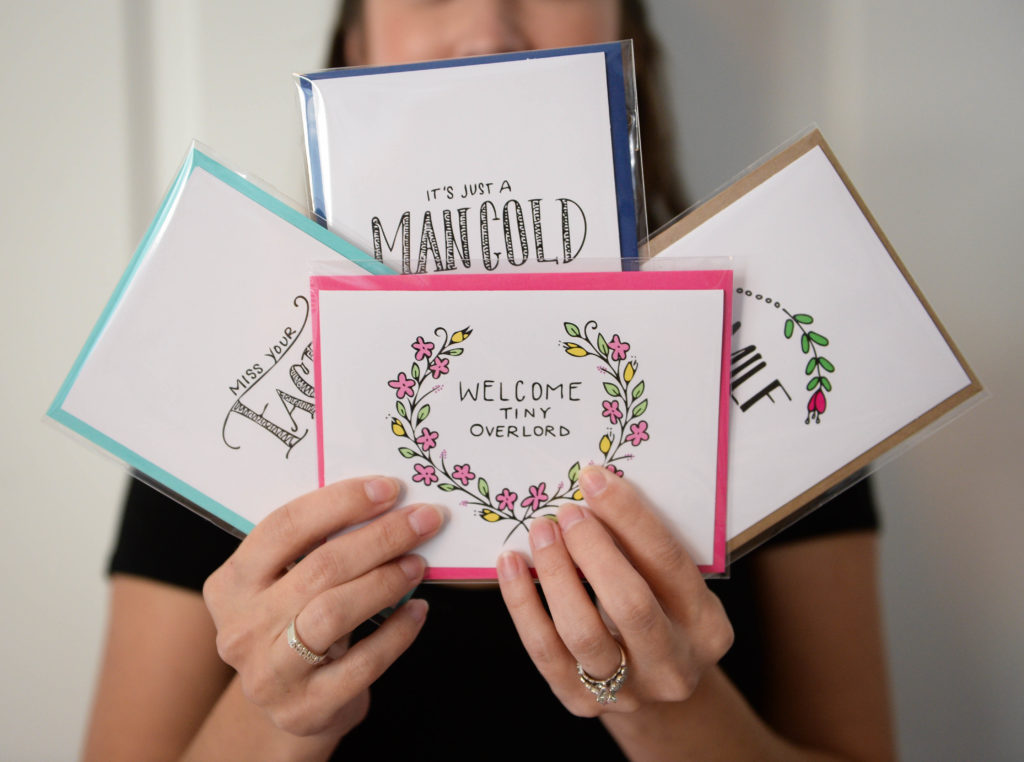SARASOTA, Florida — One Wednesday morning, Rachel O’Hara, a multimedia journalist at the Sarasota Herald-Tribune, messaged her colleagues: “Does anyone actually use bar soap?”
Arts reporter Dahlia Ghabour responded first: “I do.”
Alan Shaw, analytics/engagement lead producer, followed: “Me, too.”
O’Hara heard that millennials are killing the bar soap industry, she told them.
“Filthy millennials,” Shaw said.
“Basically,” O’Hara replied.
The Slack exchange led, as many of their conversations do, to something for the paper’s millennial-focused site, Unravel.
The experimental site, which launched in 2015, comes from a small group of Herald-Tribune journalists who spend bits of their time recrafting local news for Sarasota’s young professionals.
Recent headlines include “School starts back up Monday. Don’t be a jerk on the road,” “Is downtown Sarasota too much fun?” and “SRQ adds nonstop flight to Portland; it’s a place that could be cool.”
The site has newsier stories, too, including articles about the cost of housing, severe weather and voting.
“We unravel the news so you don’t have to” started as their motto. Then they used it in jest. But at some point, it became the language the young journalists at the Herald-Tribune used to describe what they were actually doing.
Now, it’s not uncommon to hear someone ask “hey, can you unravel this?”
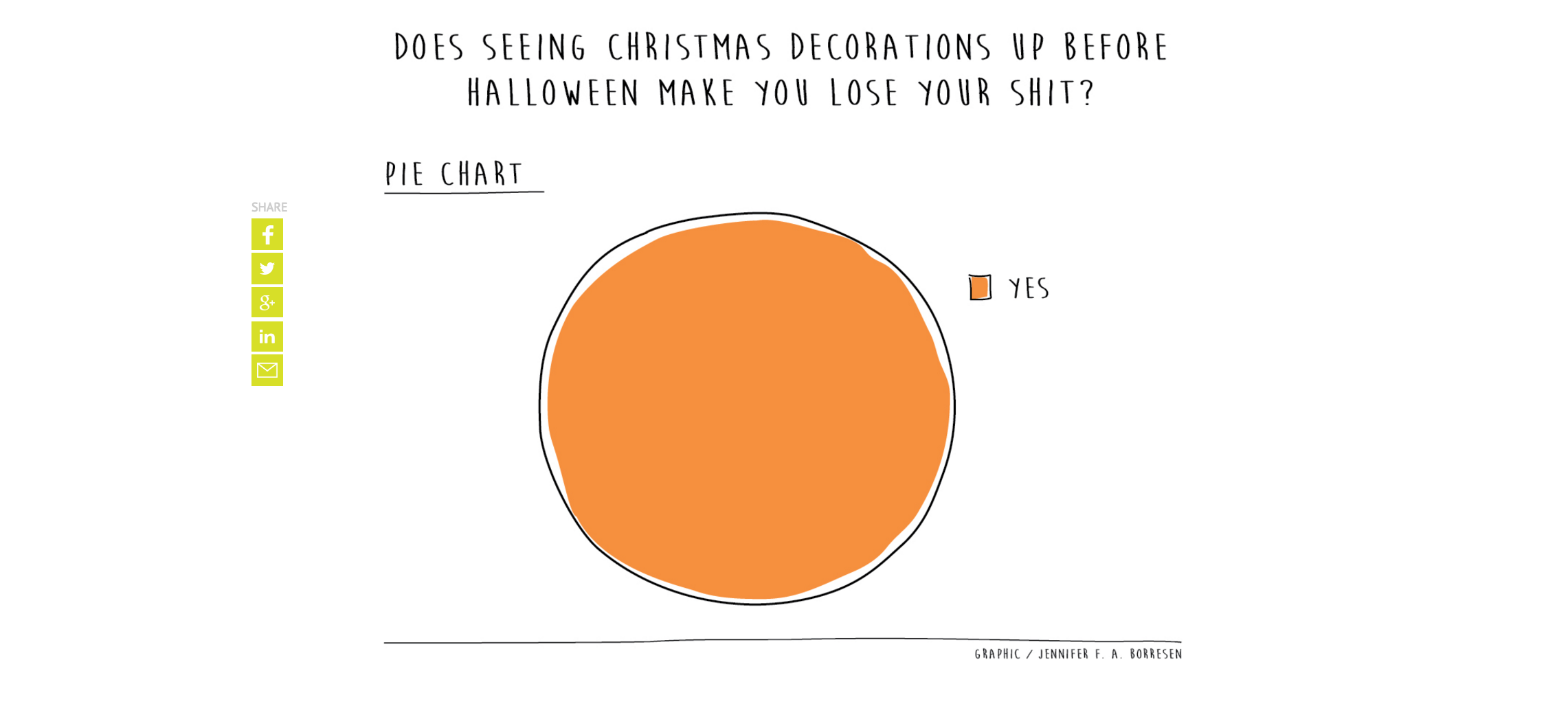
Graphic by Jennifer Borresen for Unravel
Do not fool me
The idea for a site devoted to Sarasota’s millennials didn’t come from that generation. It came from a design-thinking challenge led by Bill Church, the newly appointed senior vice president for news at parent company GateHouse Media.
The challenge? Figure out a way to reach an audience they weren’t serving.
A small team at the Herald-Tribune started with focus groups and get-togethers. That team, led by Justine Griffin, decided not to treat a generation as if it were all the same. Young professionals, they figured, were already invested and active in the community. Now, they needed to be informed.
But they didn’t want to be fooled.
“They said the biggest thing they didn’t want was to be duped into going back to Herald-Tribune,” said Griffin, 28, who’s now a business reporter at the Poynter-owned Tampa Bay Times.
They didn’t want to create another Vox or Vice. They didn’t have that scope or scale, anyway. And they didn’t want to be a local version of The Onion, either. Griffin worked with the Herald-Tribune’s O’Hara and designer Kylee Cress to find the right approach.
Then, in January of 2015, GateHouse took over. Unravel launched in February. The newspaper went through a restructuring. People left and were laid off.
Eventually, O’Hara, 28, was the only one left from the original Unravel team. Under her leadership, the site has found its voice and audience, said Tony Elkins, deputy managing editor for innovation.
Now, journalists at the Herald-Tribune drive the content, and managers are learning how the youngest generation in the newsroom works, what drives them and how they want to tell stories.
The site got off the ground slowly because it didn’t have a dedicated staff, Griffin said, and it has to be careful of being too inside-baseball, or inside the newsroom in this case. They need young voices from outside the Herald-Tribune, too, she said.
Still, Griffin said, it’s an idea with incredible potential.
And it’s one that’s resonating elsewhere, including Philadelphia, Pittsburgh, Charlotte and Denver.
In Sarasota, however, the innovation is happening from within the legacy publication. When journalists at the Herald-Tribune first started asking young people about the news, none of them knew how many young people actually worked at the newspaper.
“They really thought that it was written for old people by old people,” Elkins said, “and that something that had their voice in it didn’t exist.”
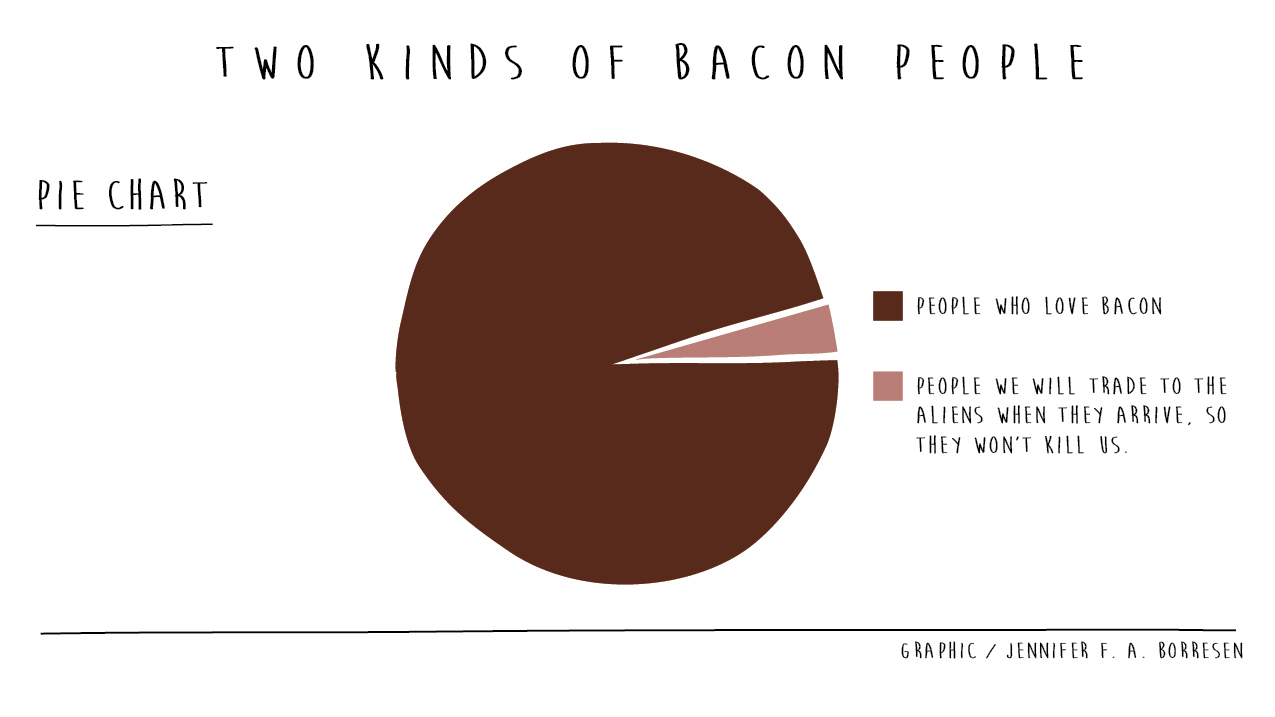
Graphic by Jennifer Borresen, Unravel.
The unraveling
There’s no daily quota for Unravel stories. There’s no dedicated team. It’s run on Slack. And it’s not just GIFs and fun.
“It’s good journalism, it’s just good journalism being done in a different way,” said O’Hara, who now juggles her multimedia work with leading Unravel as editor.
The newsroom has come to understand Unravel gradually. Young reporters initially worried that showing more personality would hurt their reputations. Editors worried that Unravel would take too much of their staff’s time.
Print and the Herald-Tribune’s main site are still their priority, said Ghabour, 22. But once that work is done, they turn to Unravel. And it’s not something that takes long, said Elizabeth Johnson, a member of the investigative team. Often, it’s boiling the 40-inch story they turned out down to the nut graph, said business reporter Maggie Menderski.
They’re allowed to use their own voices in a way they wouldn’t elsewhere “because I’m speaking as a millennial and not just as a journalist,” said Johnson, 25.
Menderski, 27, has two rules on whether something’s a story for Unravel.
“One is if it’s not a story that I would tell a stranger at a bar, it’s not anything that I would ever put on Unravel,” she said.
The other rule: “If it takes more time to read it than it takes to get a latte at Starbucks, then it’s not for Unravel.”
Some beats translate into the site better than others. Maggie Clark, 29, a health reporter, tries to keep her eyes open for good fits. When the Census released health income and poverty data recently, she wrote the story for the Herald-Tribune and then pulled out some interesting details for Unravel.
Carlos Munoz, 39, a breaking news reporter, often wishes his original stories read like his final versions for Unravel. It’s made him a better, sharper writer.
“When you’re looking at the Unravel stories, you’re trying to get to the point,” he said.
Zach Murdock, 25, who covers city and county government, thinks of himself as on Unravel’s eat-your-broccoli beat. A three-hour planning meeting about zoning regulations might not capture millennials (or other generations), but Murdock pulled the main thrust of the debate into something relevant for his generation: Is Sarasota’s main street at a tipping point between boutiques and bars?
They’ve broken down big issues, like why the city cancelled a boat parade, with a GIF-filled story. They’re profiling young professionals who wouldn’t normally catch the eye of the newspaper.
But they’re also doing bigger, ambitious projects. The first one ran this month and took a deep look at the housing situation for young Sarasota residents. There’s a documentary, a video wall and an open Slack channel for the community. A few days after it ran in Unravel, the Herald-Tribune used the project in the Sunday paper.
That symbiosis between the two products isn’t limited to projects. Wade Tatangelo, 38, entertainment editor, regularly pulls things from Unravel, and they regularly use his work. He’s been happy to see how so many young people in the newsroom have gotten behind it.
Still, they have to balance it with their jobs in the newsroom, said Elkins, 41.
“We always call Unravel an experiment,” he said. “We’re not out to save journalism.”
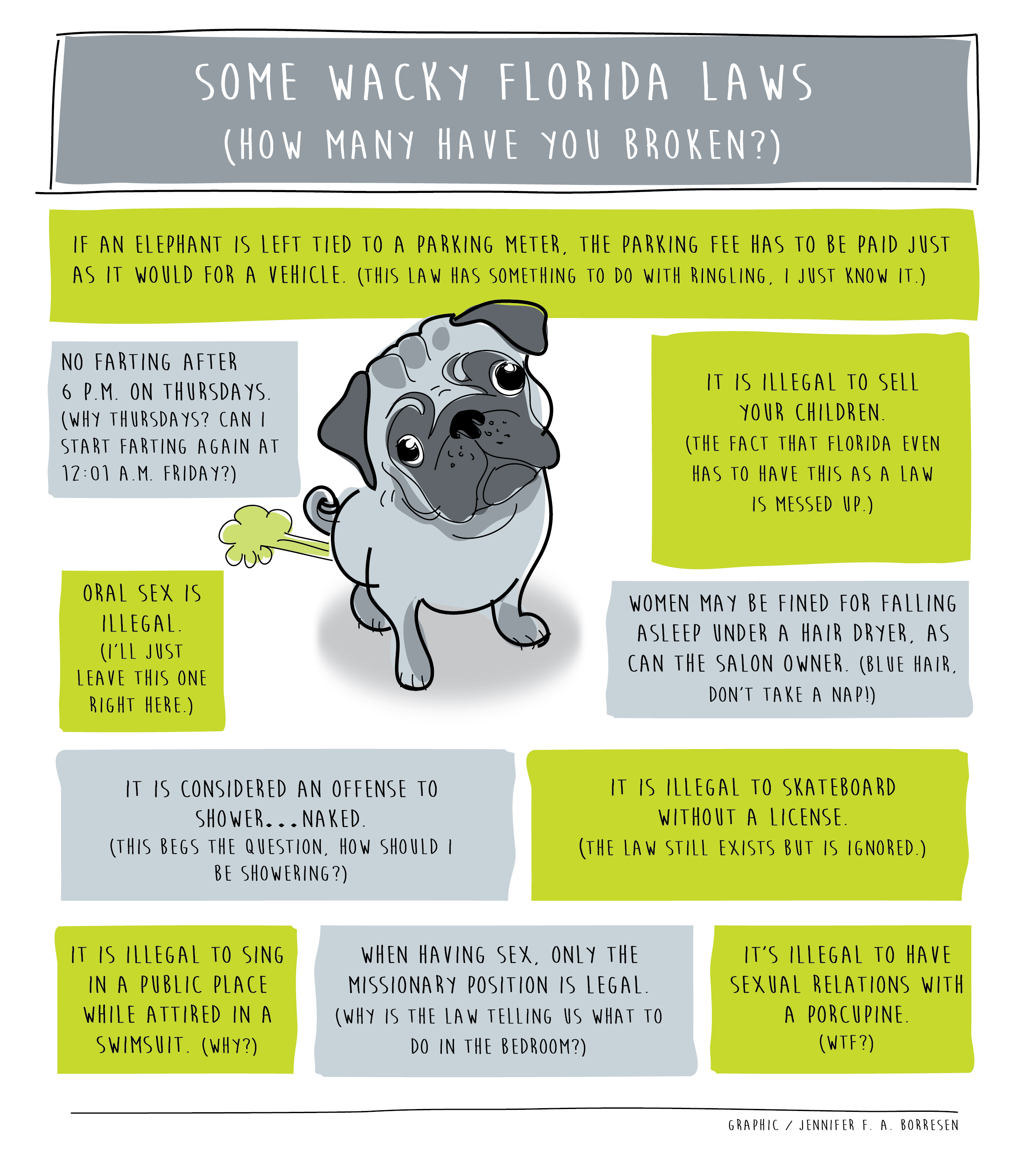
Graphic by Jennifer Borresen, Unravel.
DNA
The Herald-Tribune has made news this year because of a Pulitzer-win, a vote to unionize and Church’s promotion at GateHouse.
Regardless of what else is going on, the Herald-Tribune has always punched above its weight, Elkins said. Life wasn’t perfect when The New York Times Company owned the paper either, he added. They’ve learned to focus on what they can do.
“We’ll adjust, and we’ll still do great journalism,” he said.
The Herald-Tribune currently has 52 people in the newsroom. That’s about half its size compared to a decade ago, Elkins said. Those shrinking numbers are a common reality in other newsrooms, too.
But here’s one thing that stands out to him: “Because we believe in what we believe in, because we do such good work at such a high level, we’ve always felt like we’re in control of our own destiny.”
In Sarasota, innovation, disruption and tradition all live together, he said, and they couldn’t do Unravel without those things. But can other Gatehouse newspapers? The idea of scaling Unravel and applying it to other cities and newsrooms hasn’t come up yet with Gatehouse, but it’s a possibility Unravel’s creators envisioned early on.
Compared with the Herald-Tribune’s main site, traffic to Unravel is minuscule, Elkins said. Last month they had 80,000 pageviews. But that’s not what they’re after, either, he said. They want an engaged audience, and they’re seeing that audience come in and then click through to other stories.
They’re also figuring out what can work financially for Unravel. They’ve played with native advertising, and the site has made money in the past.
“Revenue has not been our main focus up to this point,” he said. “It is going forward.”
Now that they’ve found their voice and audience, Elkins thinks the financial future of Unravel is in events.
“Say what you will with banner ads being broken, CPMs, click-throughs, that’s a giant mess,” he said. “But beyond that, millennials are almost ad-proof on the web. My personal view on it is that why waste time and effort on the old models? Let’s look to the new models.”
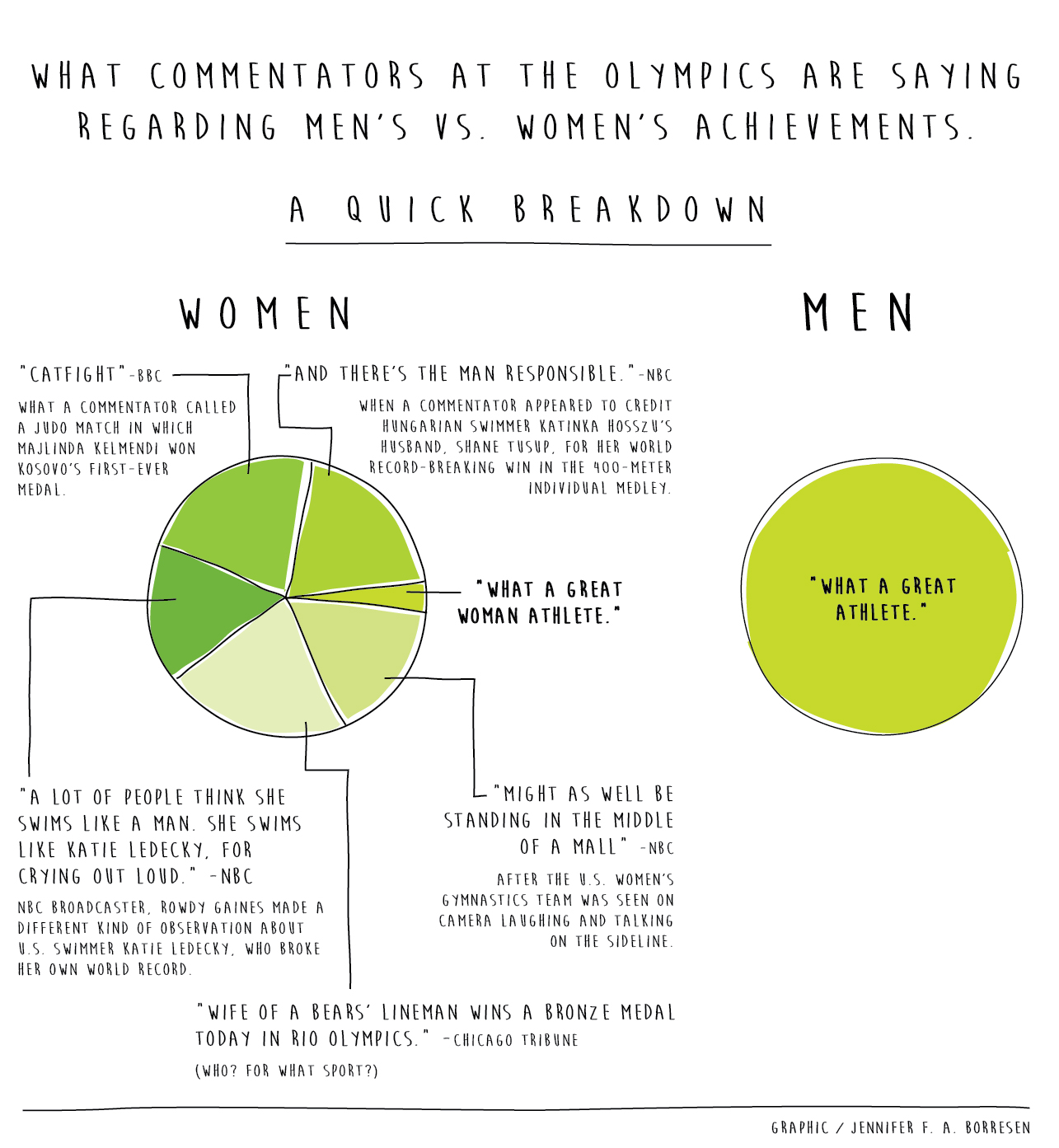
Graphic by Jennifer Borresen, Unravel.
Blame the millennials
About 10 minutes after the Unravel team agreed on Slack that they’re probably running the bar soap industry into the ground, Ghabour wonders “is there anything they DON’T blame millennials for?”
Graphics Editor Jennifer Borresen came up with one: “The Cold War?”
“I’m sure the Cold War was our fault, too,” O’Hara responded. “I’ve come to accept that.”
The journalists working for Unravel aren’t just millennials. They’re millennials who work at a legacy publication. They love seeing their work in print. They chose a business that’s rapidly changing, one that’s unstable and unpredictable. But they believe that news matters and that their generation should be informed not just about what’s happening around the world, but what’s happening at home.
At the Herald-Tribune, they have the freedom to test things out, to speak in their own voices and to have some fun.
“They have so much faith in us, and that’s really cool,” Menderski said, “and we’ve just been able to run with it.”
Ghabour agreed. She wrote about Pokemon Go for two straight weeks. That, she’s pretty sure, wouldn’t have happened elsewhere.
“There has never been a ‘no you can’t do that,’ which, as a young journalist is so nice to hear.”
Instead of no, she said, it’s “OK, how?”
Correction: An earlier version of this story got Kylee Cress’s last name wrong. It’s Cress with a C, not a K. Also, Alan Shaw’s title is analytics/engagement lead producer. We apologize for the errors.

